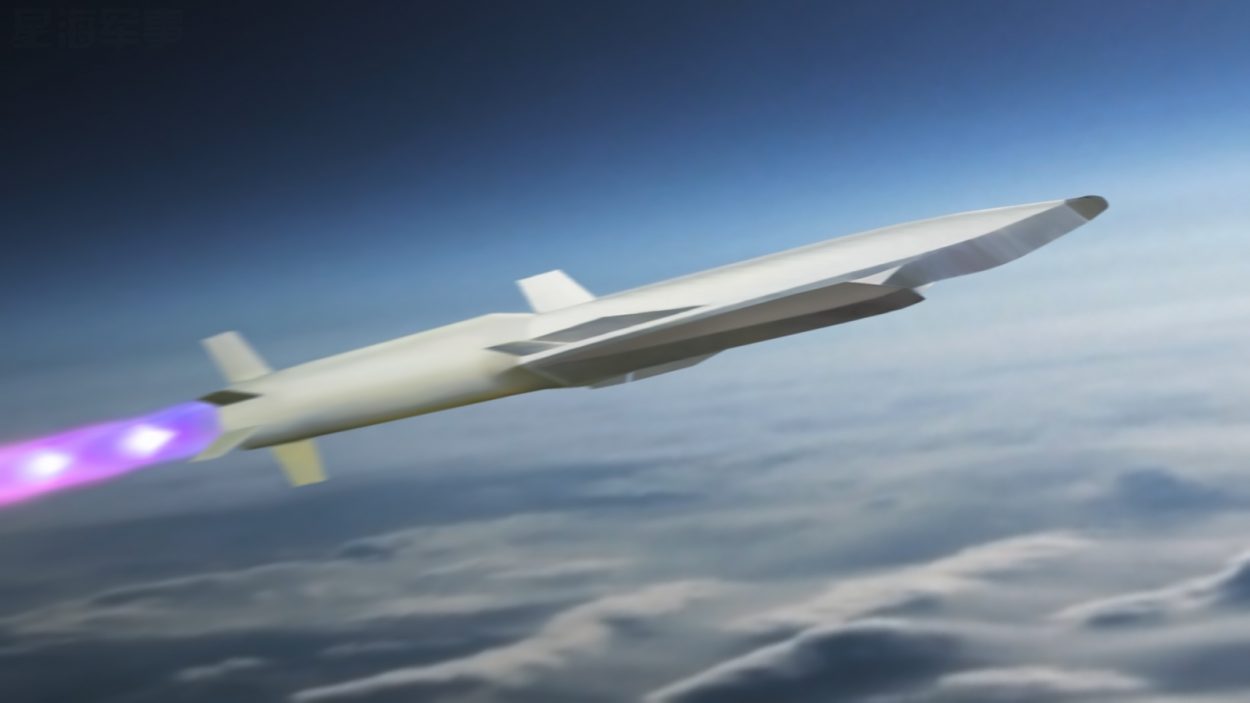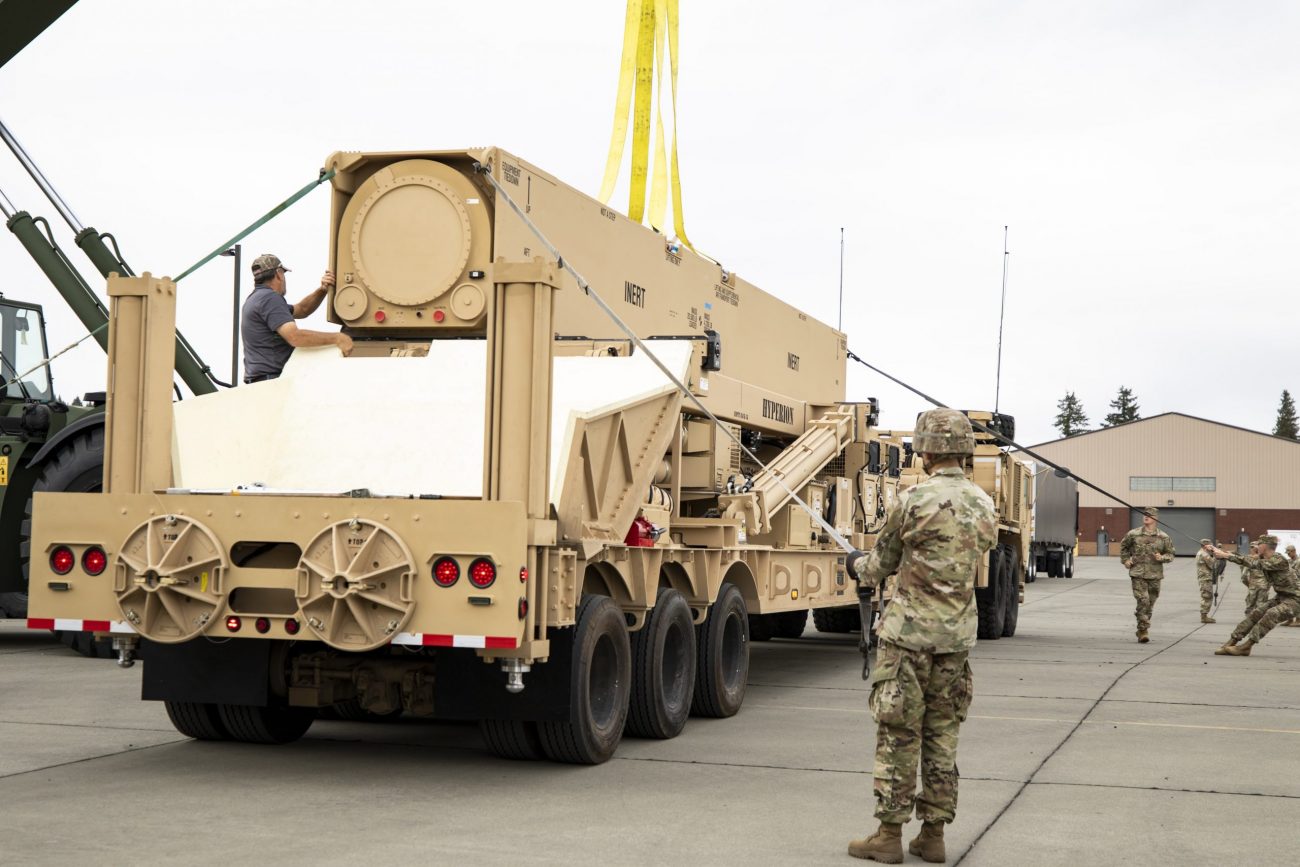Japan could soon conduct its under-development scramjet engine’s first combustion flight test to advance its hypersonic technology.
The flight test could take place on July 23, 2022, at the Uchinoura Space Center of the Japan Aerospace Exploration Agency (JAXA), according to a statement made to Janes by the Japanese Ministry of Defense (MoD’s) Acquisition, Technology, and Logistics Agency (ATLA).
It is anticipated that the flight will deliver crucial data that will advance the project.
The engine will power a variety of hypersonic vehicles, bolstering the country’s ability to safeguard outlying islands, the report said.
The research project’s objective, according to ATLA, is to “acquire a model that estimates [the] in-flight combustion phenomenon in [the] scramjet engine.” The organization added that the outcomes would compare to information from ground-based wind tunnel tests.
To “correct and predict data during the actual flight,” the agency continued, it will also develop and assess a numerical model analysis.
The new advances in Beijing’s hypersonic technology have become a significant concern for Tokyo. Presently, Japan is seeking to increase its investment in hypersonic technology development.
Japan’s Hypersonic Program
Hypersonic weapons can maneuver in-flight and travel at speeds greater than five times the speed of sound, making them much harder to intercept. Russia and China have already deployed these weapons, which can be equipped with nuclear warheads.
In March 2020, Japan first announced plans to develop its hypersonic weapons, aiming to join a small group of nations, including Russia, China, and the US. The strategic significance of those plans is growing as there are indications Tokyo may change its pacifist constitution to allow for greater military power.

Japan intends to deploy two types of hypersonic weapons: the Hypersonic Cruise Missile (HCM) and the Hyper Velocity Gliding Projectile (HVGP).
The HCM performs the same duties as a conventional cruise missile. It can be equipped with either an explosively formed penetrator (EFP) warhead for land attack or an armor-piercing warhead intended to breach the deck of an aircraft carrier.
Contrarily, the HVGP uses a solid-fuel rocket engine to raise its warhead to a high altitude before separating, from which it can glide at hypersonic speeds to the target. It can be equipped with numerous EFPs as well for area saturation attacks.
Collaboration With Allies?
China has accelerated the development of hypersonic weapons, most notably by conducting tests in 2021 on a system that would deploy a hypersonic glide vehicle in an orbital bombardment. Japan is collaborating with partners to develop sufficient capabilities to defend against these weapons.
In January 2022, the United States and Japan announced plans to sign a new agreement to strengthen their research and development cooperation on emerging technologies focusing on cutting-edge space systems and the defense against hypersonic missiles.
In a joint statement released following the meeting, US and Japanese officials gave little information about the specifics of the R&D sharing agreement, only stating that “the ministers committed to pursuing joint investments that accelerate innovation and ensure the Alliance maintains its technological edge in critical and emerging fields, including artificial intelligence, machine learning, directed energy, and quantum computing,”
Also, a hypersonic missile test allegedly conducted by nuclear-armed North Korea earlier this year has prompted Tokyo to concentrate on developing counter-hypersonic technologies.

According to reports, Japan proposed to develop an electromagnetic weapon system to detect enemy hypersonic missiles in January 2021. Tokyo decided to develop “railguns” in response to its worries about how to counter the threat posed by China, North Korea, and the Russian Federation’s hypersonic weapons.
It is intended to upgrade the current missile defense system with railgun interceptors. A railgun uses electromagnetic force to fire high-velocity projectiles rather than a typical explosive propellant to fire a bullet. The projectile’s speed, mass, and kinetic energy are used in place of an explosive charge to cause damage to the target when a round is fired.
Furthermore, it was stated that the AUKUS had contacted Japan, a military alliance formed in 2021 by Australia, the United Kingdom, and the United States, to collaborate on developing hypersonic weapons, according to the report.
- Contact the author at ashishmichel@gmail.com
- Follow EurAsian Times on Google News




